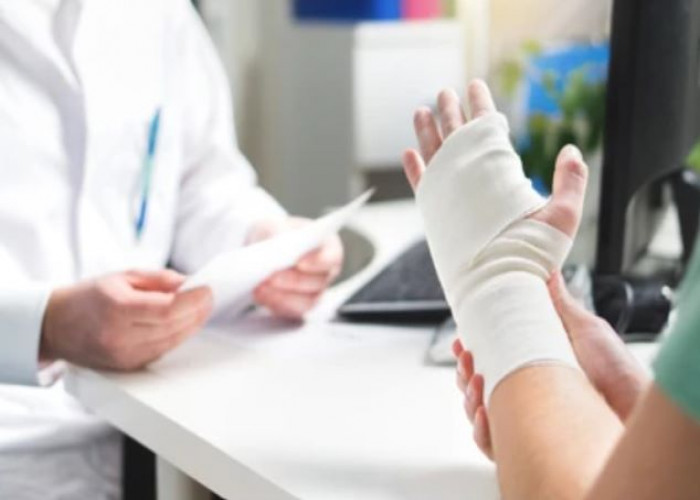 Welcome
Welcome
“May all be happy, may all be healed, may all be at peace and may no one ever suffer."
Broken hand
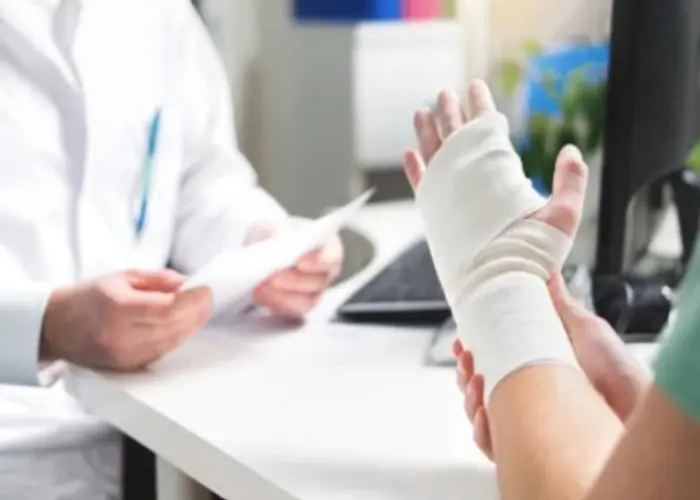
A broken hand, also known as a metacarpal fracture, is a common injury that occurs when one or more of the hand bones are broken. Symptoms include pain, swelling, bruising, and difficulty moving the hand or fingers. Treatment depends on the location and severity of the fracture and may include immobilization with a cast or splint, pain management, physical therapy, or surgery. Recovery time can vary, but most people can resume normal activities within a few weeks to a few months. It's important to follow your doctor's advice and avoid activities that may aggravate the injury while it heals.
Research Papers
Disease Signs and Symptoms
- Arm or Hand pain
- Swollen arms or hands
- Severe pain that might worsen when gripping or squeezing or moving your hand
- Obvious deformity, such as a crooked finger
- Numbness in fingers or toes
- Broken hand
Disease Causes
Broken hand
Hand fractures can be caused by a direct blow or crushing injury. Motor vehicle crashes can cause hand bones to break, sometimes into many pieces, and often require surgical repair.
Disease Prevents
Broken hand
It's impossible to prevent the unforeseen events that often cause a broken hand. But these tips might offer some protection.
Build bone strength
To build strong bones:
- Eat a nutritious diet with adequate calcium and vitamin D
- Get plenty of weight-bearing exercise, such as brisk walking
- Quit smoking if you're a smoker
Prevent falls
Hand fractures can occur when people fall forward onto an outstretched hand. To prevent this common injury:
- Wear sensible shoes
- Remove things you can trip over in your home, such as throw rugs
- Light up your living space
- Have your vision checked and, if needed, corrected
- Install grab bars in your bathroom
- Install handrails on your stairways
- Avoid slippery surfaces, if possible, such as snow- or ice-covered walkways
Disease Treatments
If the broken ends of the bone aren't aligned, there can be gaps between the pieces of bone or fragments might overlap. Your doctor will need to manipulate the pieces back into position, a procedure known as a reduction. Depending on the amount of pain and swelling you have, you might need a local or general anesthetic before this procedure.
Whatever your treatment, it's important to move your fingers regularly while the fracture is healing to keep them from stiffening. Ask your doctor about the best ways to move them. If you smoke, quit. Smoking can delay or prevent bone healing.
Immobilization
Restricting the movement of a broken bone in your hand is critical to proper healing. To do this, you'll likely need a splint or a cast. You'll be advised to keep your hand above heart level as much as possible to reduce swelling and pain.
Medications
To reduce pain, your doctor might recommend an over-the-counter pain reliever. If your pain is severe, you might need an opioid medication, such as codeine.
NSAIDs can help with pain but might also hamper bone healing, especially if used long-term. Ask your doctor if you can take them for pain relief.
If you have an open fracture, in which you have a wound or break in the skin near the wound site, you'll likely be given an antibiotic to prevent infection that could reach the bone.
Therapy
After your cast or splint is removed, you'll likely need rehabilitation exercises or physical therapy to reduce stiffness and restore movement in your hand. Rehabilitation can help, but it can take several months or longer for complete healing.
Surgical and other procedures
You might need surgery to implant pins, plates, rods or screws to hold your bones in place while they heal. A bone graft might be used to help healing. These options might be necessary if you have:
- An open fracture
- A fracture in which the bone pieces move before they heal
- Loose bone fragments that could enter a joint
- Damage to the surrounding ligaments, nerves or blood vessels
- Fractures that extend into a joint
Even after reduction and immobilization with a cast or splint, your bones can shift. So your doctor likely will monitor your progress with X-rays. If your bones move, you might then need surgery.
Disease Diagnoses
Disease Allopathic Generics
Disease Ayurvedic Generics
Disease Homeopathic Generics
Disease yoga
Broken hand and Learn More about Diseases

Body dysmorphic disorder

Selective IgA deficiency
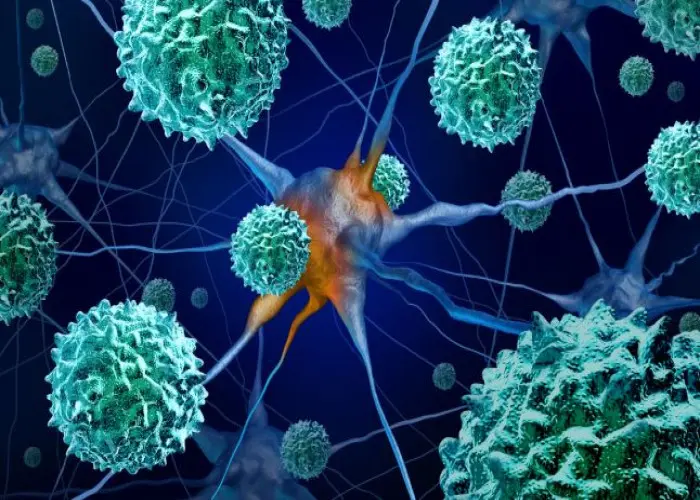
Acute flaccid myelitis (AFM)
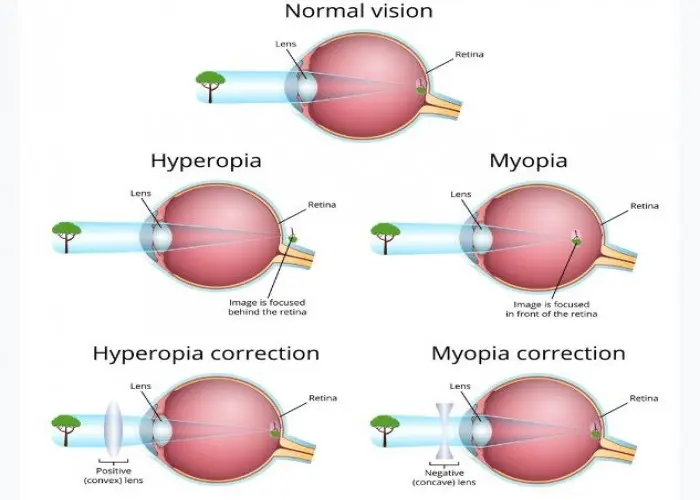
Farsightedness

Astigmatism
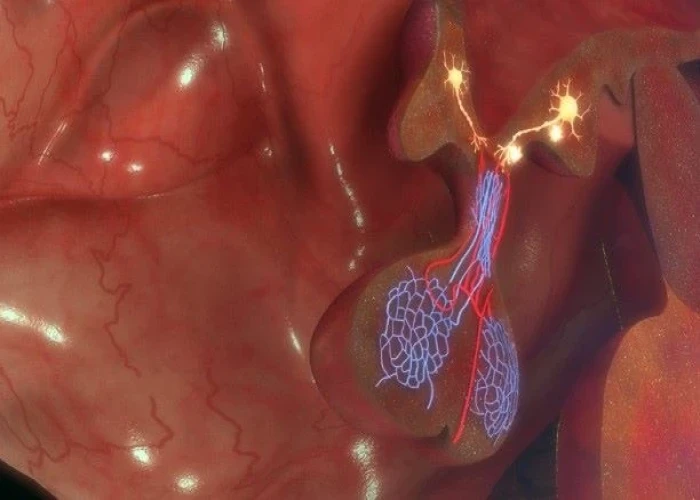
Pituitary tumors

Fuchs' dystrophy

Q fever
Broken hand, Metacarpal fracture, Hand fracture, ভাঙা হাত
To be happy, beautiful, healthy, wealthy, hale and long-lived stay with DM3S.
